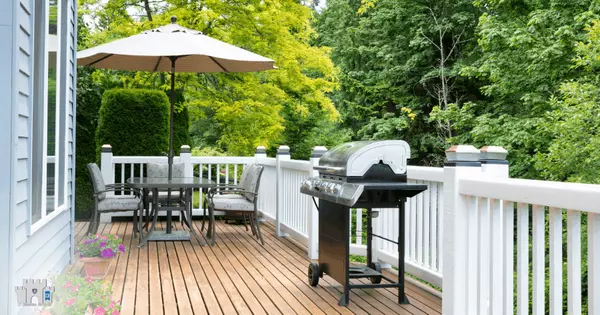How to Boost Natural Light in Your Home

Natural light is not only a desirable feature in homes but also offers benefits like improved mood, lower energy costs, and a more welcoming atmosphere. To maximize natural light, start by assessing your windows. Cleaning windows inside and out can immediately brighten your space. Replace heavy curtains with sheer or light-colored options that allow sunlight to pass through. If privacy is a concern, consider frosted glass or window films that let in light while maintaining discretion.
Mirrors are a simple yet effective way to enhance natural light. Place large mirrors opposite windows to reflect sunlight deeper into the room. Mirrored furniture or decorative pieces can also contribute to this effect, creating a sense of openness and brightness. For darker rooms, painting walls in light, neutral colors can make a significant difference. White or pastel shades reflect more light compared to darker tones, making the space feel larger and more airy.
Furniture placement plays a role in optimizing light flow. Avoid blocking windows with large pieces of furniture, and opt for low-profile designs that don’t obstruct the view. Glass or acrylic furniture allows light to pass through, maintaining an unobstructed pathway for sunlight. If you’re renovating, consider installing skylights or solar tubes in areas with limited access to windows. These additions bring natural light into previously dim spaces.
Landscaping outside your home can also impact indoor lighting. Trim overgrown trees or shrubs that block sunlight from entering windows. Additionally, choosing reflective surfaces for exterior elements like patios or driveways can help bounce light into your home. Incorporating these strategies not only enhances your home’s aesthetic but also makes it more energy-efficient and inviting.
Mirrors are a simple yet effective way to enhance natural light. Place large mirrors opposite windows to reflect sunlight deeper into the room. Mirrored furniture or decorative pieces can also contribute to this effect, creating a sense of openness and brightness. For darker rooms, painting walls in light, neutral colors can make a significant difference. White or pastel shades reflect more light compared to darker tones, making the space feel larger and more airy.
Furniture placement plays a role in optimizing light flow. Avoid blocking windows with large pieces of furniture, and opt for low-profile designs that don’t obstruct the view. Glass or acrylic furniture allows light to pass through, maintaining an unobstructed pathway for sunlight. If you’re renovating, consider installing skylights or solar tubes in areas with limited access to windows. These additions bring natural light into previously dim spaces.
Landscaping outside your home can also impact indoor lighting. Trim overgrown trees or shrubs that block sunlight from entering windows. Additionally, choosing reflective surfaces for exterior elements like patios or driveways can help bounce light into your home. Incorporating these strategies not only enhances your home’s aesthetic but also makes it more energy-efficient and inviting.
Categories
Recent Posts

Building a Routine That Keeps Your Home in Shape

Simple Deck Care Tips for Homeowners

How Video Walkthroughs Improve Real Estate Marketing

Last-Minute Buyer Requests: A Seller’s Guide

Why Natural Light Matters When Choosing a Home

Why Wellness Spaces Appeal to Buyers

Is Less Grass Better for Homeowners?

Making Flexible Floor Plans Work in Marketing

How to Market a Home With Outdoor Workspaces

Planning a Simple and Affordable Housewarming Party
GET MORE INFORMATION

Kenneth Jamaca
Managing Broker | REALTOR | License ID: 02080040
+1(925) 413-1849 | kenneth@jcastlegroup.com
